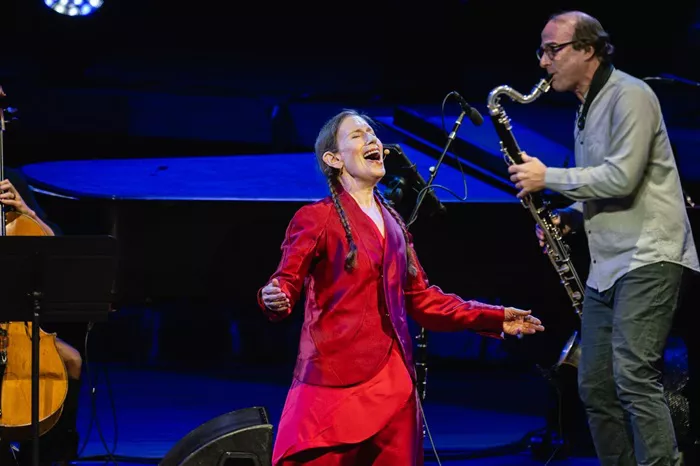Contemporary classical music, often referred to as modern classical music or new music, is a diverse and evolving genre that encompasses a wide range of styles and approaches to composition. This article explores the characteristics, history, key composers, and influences of contemporary classical music, shedding light on its relevance and significance in the music world today.
Defining Contemporary Classical Music
Contemporary classical music is a term used to describe compositions written in the 20th and 21st centuries that depart from traditional classical music norms while retaining elements of classical instrumentation, structure, and complexity. Unlike traditional classical music, which is often associated with composers like Mozart, Beethoven, and Bach, contemporary classical music embraces experimentation, innovation, and a wide array of musical techniques.
History of Contemporary Classical Music
The roots of contemporary classical music can be traced back to the late 19th and early 20th centuries with composers like Claude Debussy, Igor Stravinsky, and Arnold Schoenberg pushing the boundaries of traditional tonality and form. The mid-20th century saw the rise of avant-garde movements such as serialism, aleatoric music, and electronic music, further expanding the possibilities of composition and performance.
In the latter half of the 20th century and into the 21st century, contemporary classical music continued to evolve with the emergence of new techniques, styles, and technological advancements. Composers like Karlheinz Stockhausen, John Cage, and Olivier Messiaen played pivotal roles in shaping the direction of contemporary classical music, paving the way for a diverse and vibrant landscape of musical expression.
Characteristics of Contemporary Classical Music
Exploration of Sound: Contemporary classical composers often explore new sounds and textures using traditional orchestral instruments as well as electronic instruments and technology. This experimentation with sound contributes to the genre’s diverse and eclectic nature.
Atonality and Dissonance: While traditional classical music typically adheres to tonal harmony, contemporary classical music may incorporate atonal and dissonant elements, challenging conventional notions of harmony and melody.
Minimalism and Repetition: Minimalist composers like Steve Reich, Philip Glass, and John Adams have had a significant impact on contemporary classical music, emphasizing repetitive patterns, gradual change, and a focus on sonic textures over traditional melodic development.
Cross-genre Influences: Contemporary classical composers often draw inspiration from a wide range of musical genres, including jazz, rock, world music, and electronic music, leading to hybrid styles and innovative musical fusions.
Interdisciplinary Collaboration: Many contemporary classical composers collaborate with artists from other disciplines such as dance, visual arts, and theater, creating multimedia works that blur the boundaries between different art forms.
Key Composers and Works
Krzysztof Penderecki: Known for his avant-garde compositions and innovative use of orchestral textures, Penderecki’s works such as “Threnody for the Victims of Hiroshima” and “Polymorphia” are landmarks in contemporary classical music.
Arvo Pärt: Renowned for his minimalist and spiritual compositions, Pärt’s works like “Spiegel im Spiegel” and “Fratres” have captivated audiences with their meditative and transcendent qualities.
John Adams: A leading figure in American contemporary classical music, Adams’ compositions blend minimalist techniques with rich orchestration, as heard in works like “Harmonielehre” and “Shaker Loops.”
Meredith Monk: Celebrated for her pioneering work in vocal experimentation and interdisciplinary performance, Monk’s compositions like “Dolmen Music” and “Songs of Ascension” challenge traditional notions of vocal music.
Steve Reich: A prominent figure in minimalist music, Reich’s compositions such as “Music for 18 Musicians” and “Different Trains” showcase his mastery of repetitive patterns and rhythmic innovation.
Influences and Impact
Contemporary classical music has had a profound impact on various musical genres and cultural movements. Its experimental nature and openness to innovation have inspired composers, performers, and audiences alike to explore new sonic territories and push the boundaries of artistic expression. The genre’s influence can be seen in film scores, electronic music, avant-garde jazz, and contemporary opera, among other artistic endeavors.
Conclusion
Contemporary classical music is a dynamic and ever-evolving genre that continues to push the boundaries of musical expression and creativity. From avant-garde experimentation to minimalist introspection, contemporary classical composers explore a vast sonic landscape, inviting listeners on a journey of discovery and imagination. As the genre continues to evolve and adapt to new technologies and cultural influences, its relevance and impact on the music world remain as strong as ever.

